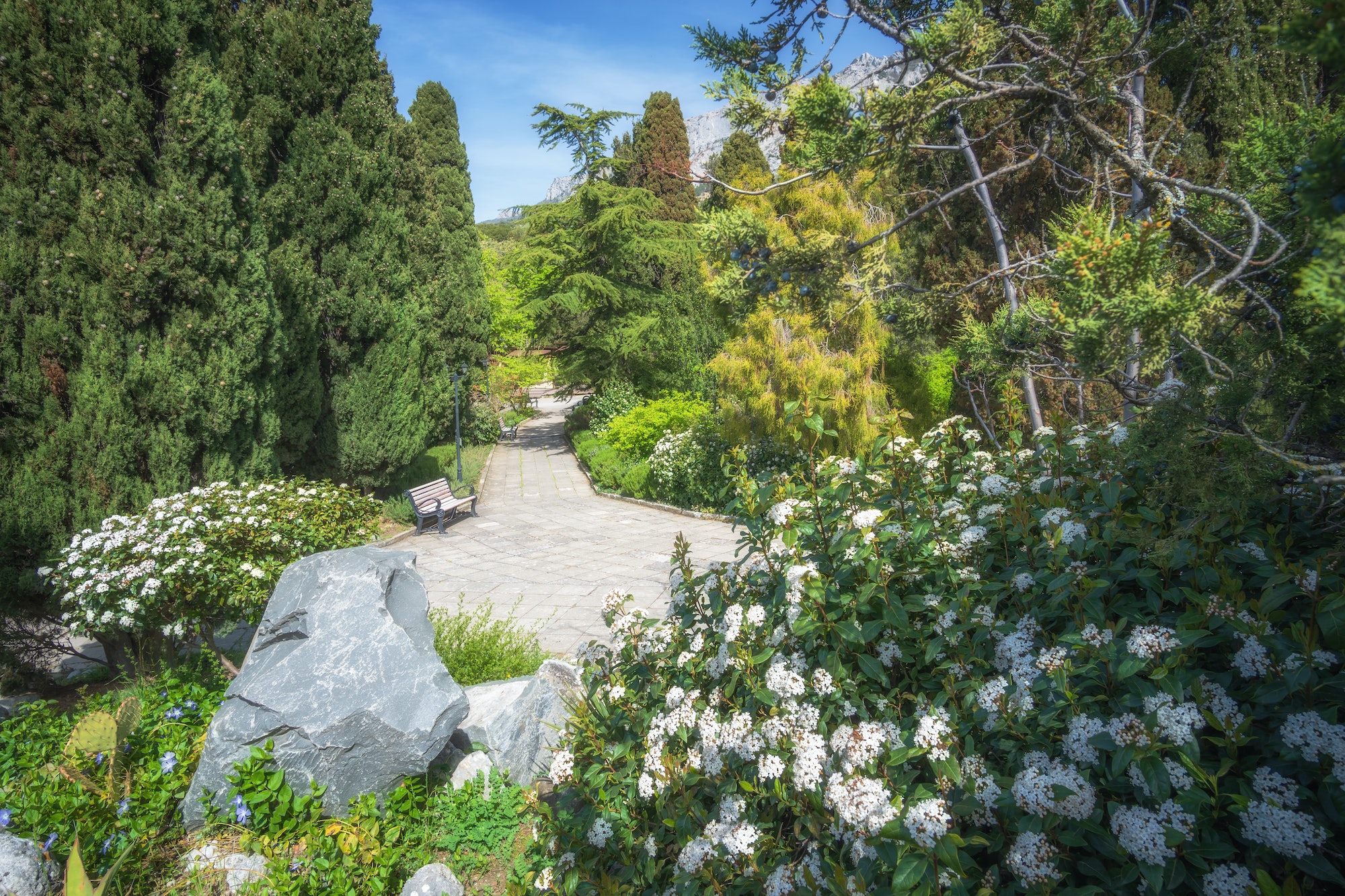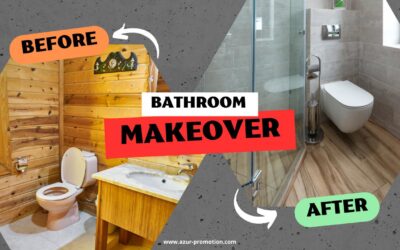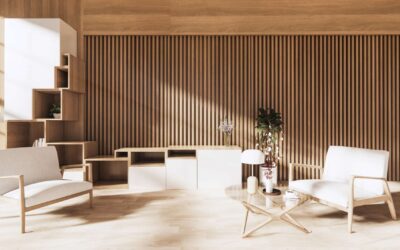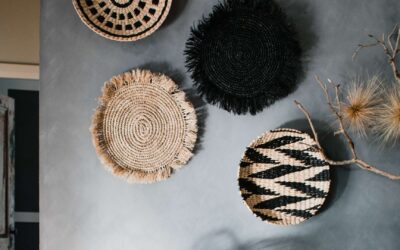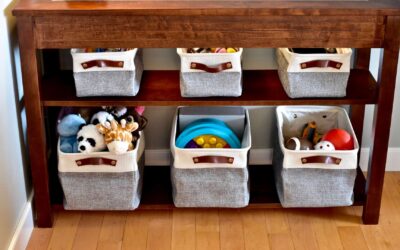Getting started with a landscape design project can feel daunting, especially if you’re doing it yourself. But fear not, because we have a tried-and-true approach to help you create a yard space that is both beautiful and functional. This method, known as use-first landscape design or form follows function, is often overlooked, but it is crucial to creating a high-quality and personalized outdoor space. By focusing on your needs, goals, and intended use of the space, you’ll craft a design that is not only visually appealing but also perfectly suited to your lifestyle.
The Importance of Use-First Landscape Design
First things first, it’s essential to establish the primary purpose of your outdoor space. What activities do you plan to do in your yard? How do you want to spend time out there? While these questions may seem obvious, many people overlook their importance in the design process. Instead, they get caught up in choosing plants, colors, and inspiration photos without giving much thought to how the space will function.
By considering your intended use of the space from the very beginning, you’ll create a design that is tailored to your specific needs and goals. This, in turn, will make the design process much easier and more enjoyable.
For example, let’s say you’re an avid bird watcher who loves to photograph birds in your yard. Instead of just putting up a bird feeder and calling it a day, you could rearrange your plantings to create a more inviting environment for your feathered friends. You could provide comfortable seating, shaded from the sun, and even a hide, a screen that allows you to observe wildlife without being easily spotted, to enhance your bird-watching experience.
Your budget may be a concern, but it’s important to note that there isn’t always a direct correlation between creating a more useful space and spending more money. You’re already planning a landscaping project, so focus on making it useful and enjoyable rather than just meeting typical yard standards.
Striking a Balance Between Your Needs and the Space’s Requirements
Once you’ve established your intentions for the space, it’s crucial to balance those desires with the natural qualities of your yard. This means learning from your outdoor area and playing to its strengths, rather than trying to force your plans to fit the space without regard for its unique features.
For instance, if your yard has wet soil, instead of trying to alter the soil to accommodate plants that don’t thrive in those conditions, choose plants that naturally flourish in damp environments. By listening to your yard and working with its natural characteristics, you’ll create a design that is not only more successful but also more sustainable.
Designing for Comfort and Enjoyment
One reason many people don’t spend more time outside is a lack of comfortable spaces in their yard. Addressing this issue in your landscape design can create an inviting atmosphere that encourages more outdoor time for you and your loved ones.
Consider the factors that may be preventing you from spending more time outside. Is it a lack of shade on hot days? Uncomfortable outdoor furniture? By finding solutions to these issues, you can create a space that is genuinely enjoyable to spend time in.
For example, you may live in an area with frequent rainfall or misty days. To create a cozy spot to enjoy the outdoors, you could add a shelter such as a gazebo or simply an umbrella over your seating area to protect you from the elements. Or, if your outdoor furniture is uncomfortable, consider investing in plush cushions that can be easily stored when not in use.
Incorporating Your Goals into Your Landscape Design
Besides planning specific activities for your outdoor space, it’s essential to think about your broader goals and intentions for the area. Perhaps you want to create a more environmentally-friendly yard or grow food for your family. By keeping these goals in mind as you design, you’ll create a space that aligns with your values and has a positive impact on your life and the environment.
Final Thoughts
Taking a use-first landscape design approach will ultimately lead to a more functional, personalized, and enjoyable outdoor space. By considering your needs, goals, and the natural characteristics of your yard, you’ll strike the perfect balance between form and function. With thoughtful planning and attention to detail, you can transform your blank canvas into a beautiful, comfortable, and purposeful outdoor oasis.

